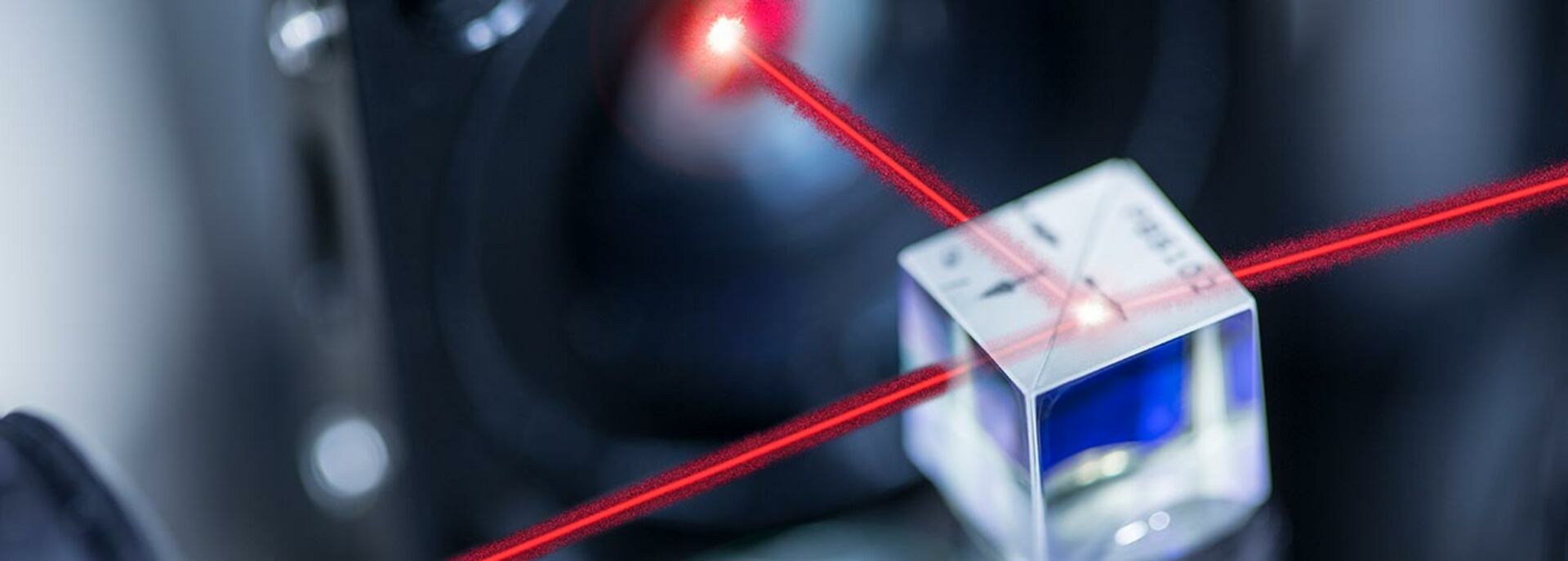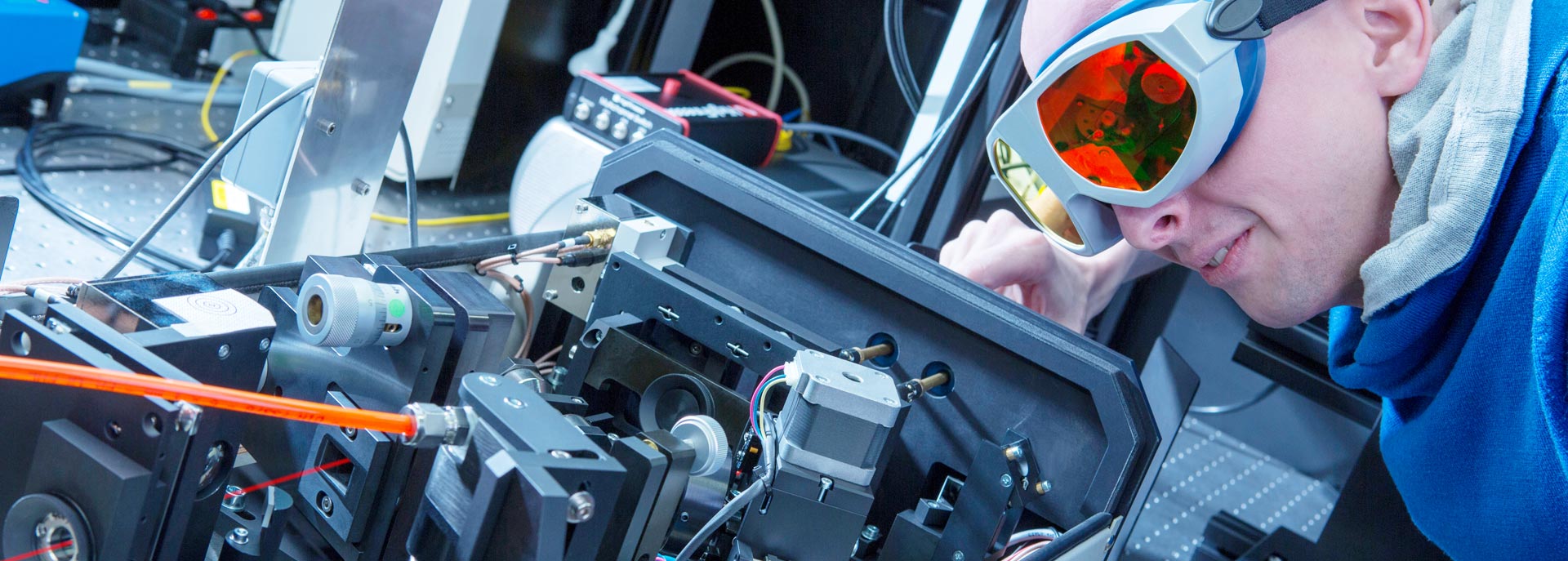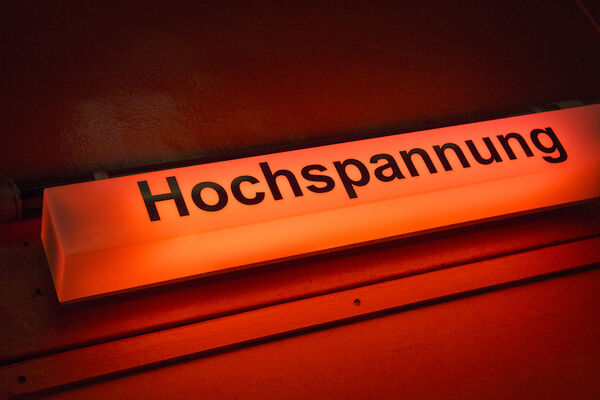The Helmholtz Institute Mainz
The strong interaction is one of the four fundamental forces of nature. It effects the bond between the quarks and the cohesion of neutrons and protons, the basic building blocks of the atomic nuclei. The Helmholtz Institute Mainz (HIM) is investigating the strong interaction from different angles. Its experts study short-lived mesons composed of quarks, analyze the structure of the proton and explore the properties of superheavy atomic nuclei. They search for new, hypothetical particles beyond the Standard Model, devise new theoretical models and develop pioneering accelerator technologies.
The HIM is an institutional cooperation of the Johannes Gutenberg University Mainz and the GSI Helmholtzzentrum für Schwerionenforschung in Darmstadt. It links the academic world of a university with the scientific possibilities of an internationally renowned accelerator center. At the heart of its work is the FAIR accelerator complex, which is currently being built in Darmstadt: In a few years, the “Facility for Antiproton and Ion Research” will enable novel and globally unique experiments in nuclear and hadron physics. The HIM was founded in June 2009 as the first Helmholtz Institute ever. Helmholtz Institutes receive funding of up to five million euros per year and appoint their leading scientists together with the partner university. The outstation of the GSI Helmholtz Center on the campus of the University of Mainz creates the basis for the continuous and close cooperation of both institutions.
Research
The scientists of the six research sections in Mainz have a modern infrastructure at their disposal for their work. In addition to high-quality laser and chemical laboratories, the institute’s new building, which was inaugurated in 2017, hosts a cleanroom that is used, for example, for the assembly and preparation of superconducting accelerator modules. The institute’s own HIMster II computer cluster allows complex computer simulations, and the researchers also have access to the university’s MOGON II computer, which is currently the fastest high-performance computer at a German university.
The six sections work closely together in many areas.
Cooperation
In addition, they maintain numerous cooperations with other research institutions in Germany and abroad. For example, the Helmholtz Institute Mainz is strongly involved in the Cluster of Excellence PRISMA (Precision Physics, Fundamental Interactions and Structure of Matter). And the visiting-scientist program “Visit HIM” makes it possible for experts from all over the world to come to Mainz and conduct research together with the HIM scientists.
A key role is played by young scientists: In addition to hosting numerous bachelor and master students, the HIM enables about 30 doctoral students from the University of Mainz to perform a doctorate in cutting-edge research. Furthermore, the institute has the opportunity to set up Helmholtz Young Investigator Groups: Young postdoc talents can build up their own research teams and earn their first laurels in the scientific world.
The close integration is benefiting both sides: The young researchers have the opportunity to experiment in the state-of-the-art HIM laboratories and at the world-leading accelerator facilities in Darmstadt. And the GSI Helmholtz Center profits from the fresh scientific ideas of the young academics.





